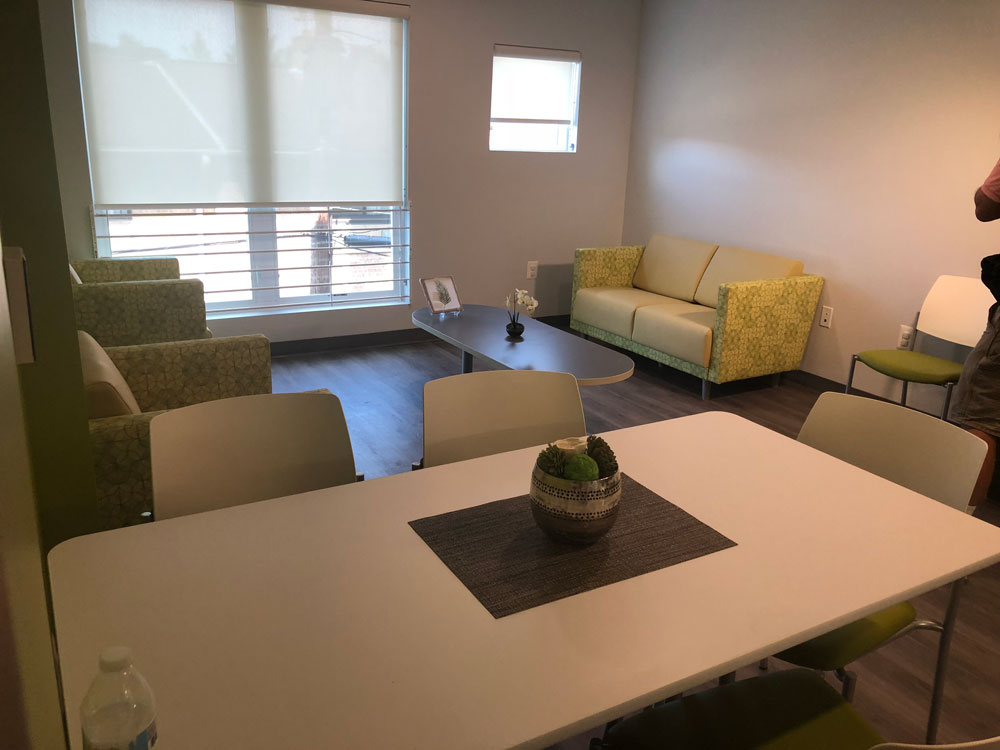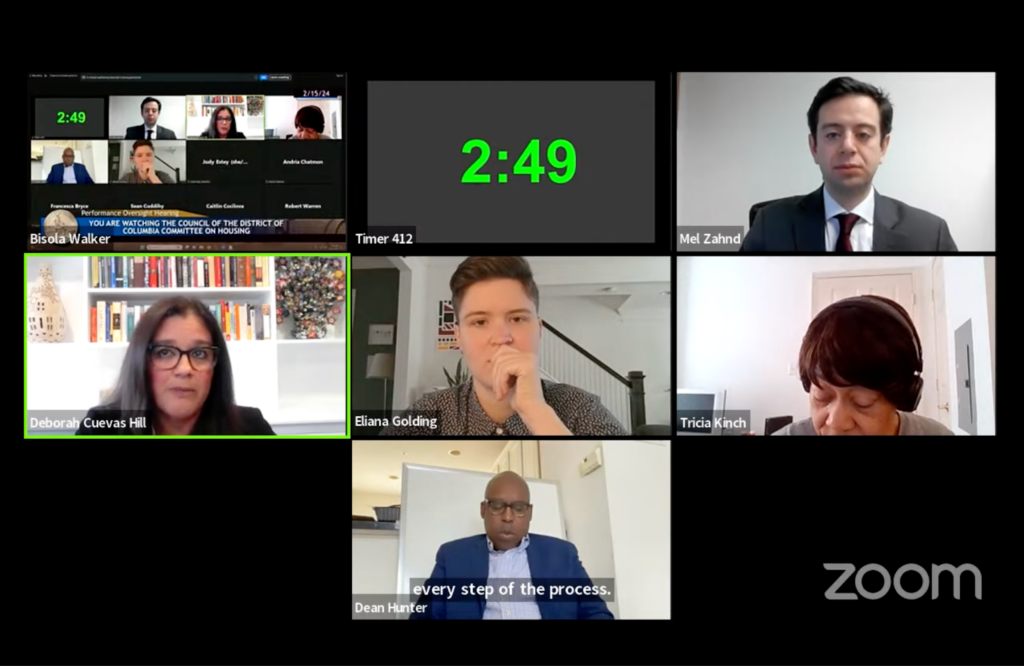There is a new housing complex situated just on the border between D.C. and Maryland at 4300 12th Street SE. It has 3 floors of single-family units, a public computer lab, free tenant WiFi, and a communal lounge, brightly colored and spacious. It is all brand new, with friendly staff and modern furniture. The most distinguishing feature of this new complex? Residents can live here rent-free.
This is the W.J. Rolark building, and it exclusively houses families who are financially and housing insecure, and simply cannot afford to live anywhere else — yet. What could easily be a renovated apartment complex is the future of homeless shelters in D.C. In partnership with the Hillcrest Children and Family Center (Hillcrest Center), a health advocacy and social services agency for underprivileged families, the D.C. government plans to overhaul the current approach to displaced families. “This is part of Mayor Bowser’s effort to transform the shelter system,” said Larry Handerhan, the Chief of Staff at the D.C Department of Human Services.
According to Handerhan, the D.C. government’s efforts to improve living standards and quality are social investments worth the extra attention to detail and funding. Historically, homeless families in the District were housed in D.C. General Hospital, the beleaguered historical hospital and homeless shelter that sat on 19th and Massachusetts, SE. Mayor Bowser permanently closed D.C. General in 2018 as part of a plan she announced in 2016 to replace it with smarter subsidized housing. These new homes are part of the Bowser administration’s aim to prioritize families who are in an insecure housing and financial state.
The goal of the D.C government is a model that will begins when families come to the center, spend a stabilizing period there and become connected to social services, and then work collaboratively to find a permanent place to live.The model the D.C government is working toward will see families that come to the Hillcrest Center, spend a stabilizing period there, get connected to social services, and work to find a more permanent place to live. Eventually, the W.J. Rolark building will transition into permanent subsidized apartments for families who are exiting homeless service systems. “it is essential to saying when families are in a time of crisis we want them to feel safe and valued and like the city is there for them and the conditions are here to deliver that message, Handerhan said.
The overall color scheme and atmosphere is kid-centric , full of bright colors and natural light that make the environment happy and relaxed. This uplifting layout was completely intentional. Handerhan explains the architectural goal was to create “really dignified, beautiful rooms for these families.” In addition to the aesthetics, the unit kitchens are stocked with silverware and plates, and bedrooms include thoughtful toys for kids atop crisply made beds.The progressive structure is designed to allow flexibility, and especially encourage kids’ socializing and supportive program options for parents and children.
The W.J. Rolark center has 26 units, making it the smallest constructed so far.Each housing unit is meant to house a maximum of 50 families, with one complex based in different neighborhoods in each of D.C’s eight Wards.








